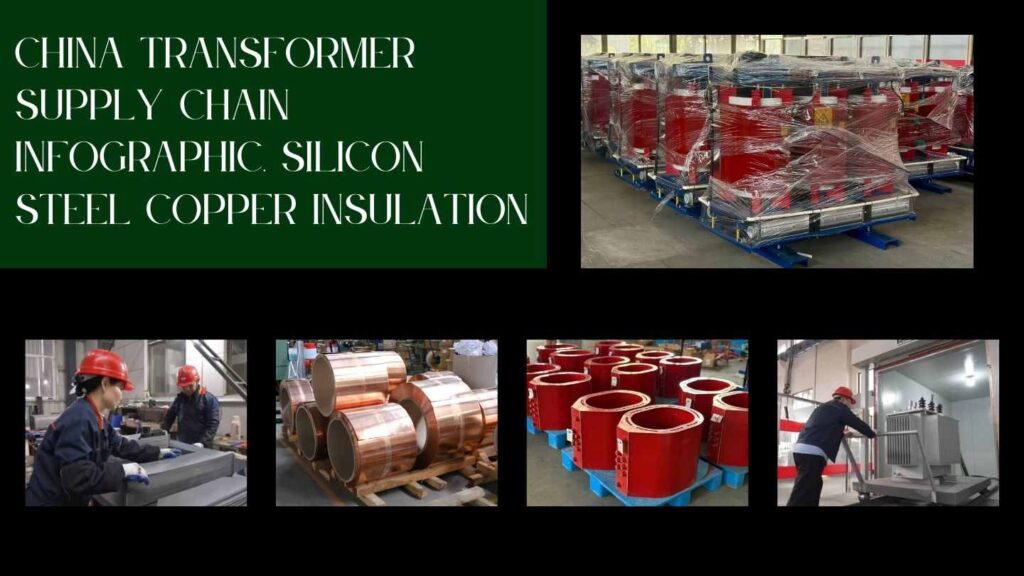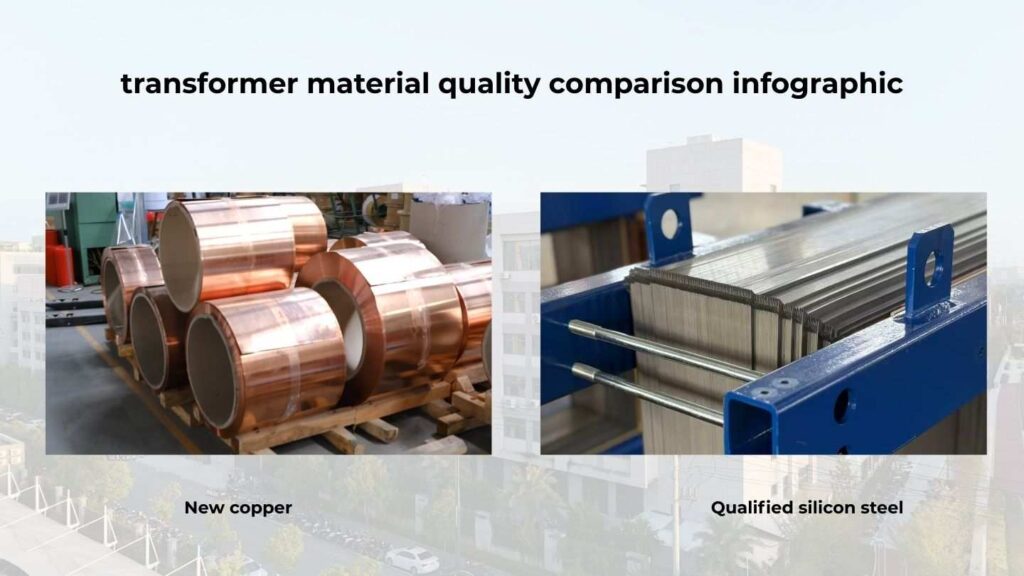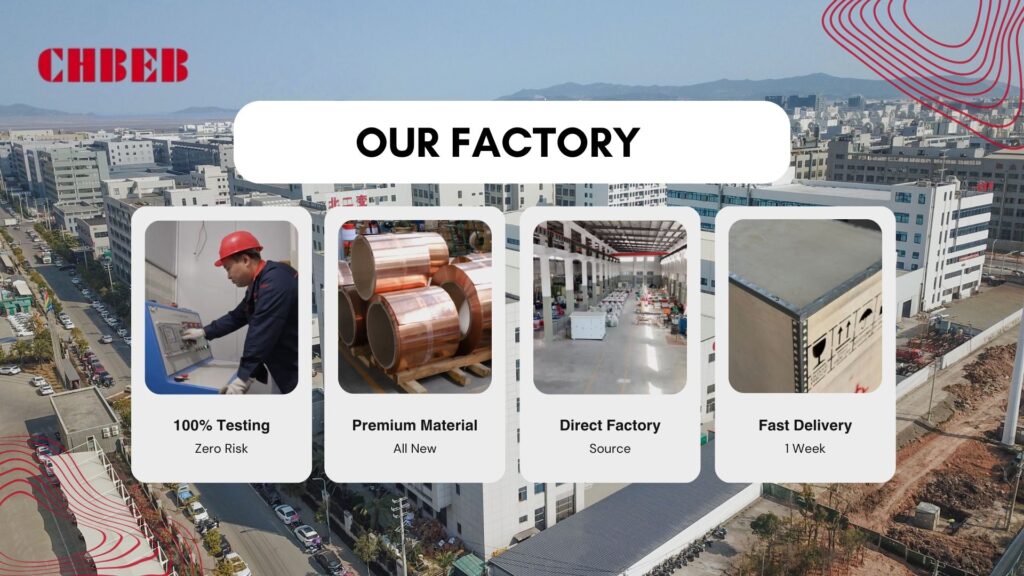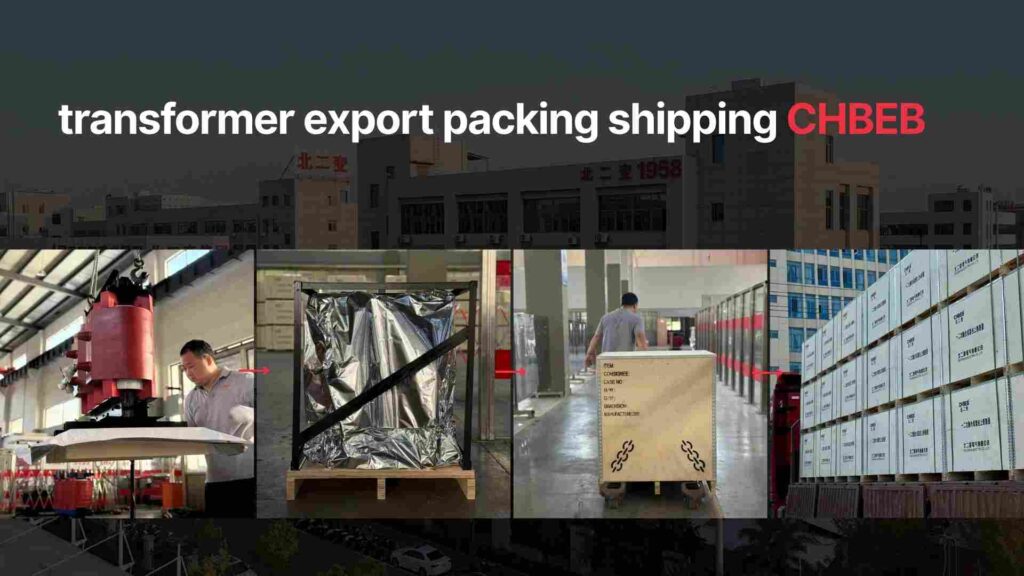Why Chinese transformers are cheap| CHBEB
Demystifying the Mystery of China’s Low Transformer Prices: Is It a Cost Advantage or a Quality Trap?
Introduction
Prices that are excessively high affect budgets, but prices that are too low make people wonder. A lot of people throughout the world want to know why Chinese transformers are so cheap. Is it real cost strength or a risk that isn’t obvious? This guide tells you the reality about pricing and how it works in export markets including Southeast Asia, Africa, and the Middle East.
The positive factor behind the price advantage: the real strength of Made in China
People generally think that cheap things are bad, however not all cheap things are bad. The ecosystem in China really helps with costs, which is very important for those in Southeast Asia, Africa, and the Middle East who buy power distribution transformers.
Full industrial chain and mass production

Costs go higher when supply chains are broken up. An integrated electrical industry is good for China because
- Silicon steel, copper, and insulation are all core materials that come from nearby sources.
- There are a lot of tap changers, bushings, and radiators in Wenzhou, Nanjing, and Xi’an.
- Mass production: one batch may be used for more than one project, which lowers the cost per unit.
👉 This synergy makes Chinese distribution transformer1 providers appealing for bids from African utilities, grid upgrades in Southeast Asia, and industrial growth in the Middle East.
Depending on size and features, the price of a typical Chinese power distribution transformer in 2025 will be between USD 20 and 100 per kVA FOB China.
The relative advantage of labor over operating costs
Labor prices go up, although they are still lower than in the U.S. or Europe. When combined with good operations, this lets:
- Faster turnaround (very important for efforts to bring electricity to rural areas in Africa)
- OEM/ODM flexibility (important in Southeast Asian EPC contracts)
- Large-capacity projects on a large scale (required in oil and gas installations in the Middle East)
📌 Insight: It’s not just “cheap labor,” but a system that works well and is ready to export.
Be careful: the dangers of giving up quality for low costs
Some exporters lower the quality of their goods to get better pricing, which causes challenges in export markets. For instance, African projects can have problems with transformers breaking down in isolated places, and Middle Eastern buyers might get too hot in desert settings.
“Cutting corners” when it comes to raw materials

Performance is based on raw materials:
- Lower-quality silicon steel means more no-load losses, which is bad for Southeast Asian grids with increased demand.
- Recycled copper2 can get too hot and last less time (a problem for electrifying rural areas in Africa)
- Insufficient insulation results in partial discharge3 and safety risks, posing dangers in Middle Eastern industrial facilities.
👉 This is really crucial in Southeast Asia, where the weather is humid and bad insulation makes things break down faster.
Make the process of making things and testing them easier.

Some exporters that don’t charge much may bypass type tests or cut down on drying time. It saves money, but it also causes:
- Failures in tropical humidity in Southeast Asia
- African mini-grids have trouble keeping their voltage stable.
- Less reliable when temperatures in the Middle East are quite high in the desert
❌ You can’t skip tests on global projects.
How to find: Look for a Chinese transformer that is really cheap
The good news is that a lot of serious Chinese distribution transformer vendors sell trustworthy products all over the world. Finding them helps make sure both the pricing and the quality.
Main indicators: credentials, qualifications, and experience with projects
Find vendors who have a history of successful exports:
- Southeast Asia: IEC-certified transformers for charging electric vehicles and distribution grids
- Africa: listings of licensed vendors by utilities, successful programs to bring electricity to rural areas
- Middle East: transformers that can handle high temperatures, oil and gas EPC approvals
Real reliability comes from certifications and case studies of exports.
The ability to ask questions and understand contract terms
To avoid problems in international trade, purchasers should:
- Ask for two quotes, like 0.6 vs. 1.1 lost material.
- Make sure you know how long it will take to deliver (particularly important for initiatives in Africa and Southeast Asia).
- Define the terms of the warranty and after-sales service (very important in long-term contracts in the Middle East)
Tip: Strong contracts and proven export cases make deals that are safe and cost-effective.
CHBEB — Reliable Partner for Distribution Transformers

With over 60 years of transformer manufacturing expertise, CHBEB has become one of China’s most trusted distribution transformer suppliers. The company operates two factories in Wenzhou, one in Nanjing, and an office in Beijing, ensuring both strong production capacity and responsive customer support.
What makes CHBEB stand out:
- Strict Quality Commitment: All raw materials are 100% new and high-grade — no recycled or downgraded components.
- Proven Reliability: A qualified supplier for the State Grid Corporation of China, with a spotless record of zero major accidents.
- 100% Product Testing: Every unit is fully tested before delivery to guarantee safety, efficiency, and long service life.
- Fast-Track Orders: Ability to fulfill urgent orders in as little as one week, helping customers meet tight project deadlines.
- Custom Inventory Planning: Flexible stocking and supply strategies designed to align with customer procurement schedules.
- Global Outlook: Rooted in China and expanding worldwide, CHBEB actively supports local agents and partners, including assistance with market-specific certifications.
- Flexible Customization: Tailored transformer designs for utilities, contractors, and industrial clients, with reliable quality and fast delivery.
👉 Looking for a distribution transformer manufacturer that combines Chinese manufacturing strength with international standards?Contact CHBEB for a tailored solution or Download our full transformer catalog here.
FAQ
Q1: Why are Chinese transformers cheaper?
Because of China’s complete industrial chain, mass production, and efficient operations—not just labor cost.
Q2: What is the typical price of distribution transformers in 2025?
Prices range from USD 20–100/kVA FOB China. For example, a 1000 kVA 11/0.4 kV transformer costs USD 25,000–70,000 depending on materials and standards.
Q3: How can overseas buyers ensure quality?
Check IEC/ANSI certifications, ask for type test reports, and verify export project references.
Q4: What contract terms should buyers confirm?
Delivery timeline, warranty, after-sales service, and loss material options (0.6 vs. 1.1).

Conclusion
Chinese transformers in 2025 are cheap for structural reasons—integrated supply chains, local materials, and mass production. But low price alone can hide quality risks.
✅ For buyers in Southeast Asia, Africa, and the Middle East, the real focus should be:
- Certifications & References — verify IEC/ANSI reports and proven export projects.
- Clear Contracts — lock in delivery, warranty, and loss guarantees.
- After-Sales Support — ensure service and spare parts availability.
Final takeaway: Don’t chase the lowest price. The smarteDistribution transformerst choice in 2025 is to plan early, vet suppliers carefully, and secure both competitive cost and dependable delivery.
Free CHBEB Transformer Catalog Download
Get the full range of CHBEB transformers in one catalog.
Includes oil-immersed, dry-type, pad-mounted, and custom solutions.
Quick Message
Request A free quote
We'd like to work with you
- +86 15558785111
- [email protected]
- +86 15558785111
What We Do
CHINA BEI ER BIAN (CHBEB) GROUP, with 218 million in registered capital, originated from Beijing Beierbian Transformer Group. Headquartered in Beijing for R&D, it operates major production bases in Nanjing and Yueqing, producing high-quality products.
Latest Product
address
BeiJing
No 3,RongJing East Road,BeiJing Economic Technological Development Area,BeiJing,China
JiangSu
No 7️Xiangfeng Road,Jiangning,NanJing,JiangSu,China
WenZhou
No.211, Wei 16 Road, Industrial Zone, Yueqing, Wenzhou, Zhejiang, China.
XiangYang Industrial Zone ,YueQing,WenZhou,ZheJiang,China
contact us
- [email protected]
- +86 13057780111
- +86 13057780111
- +86 15558785111
Copyright © Bei Er Bian Group


